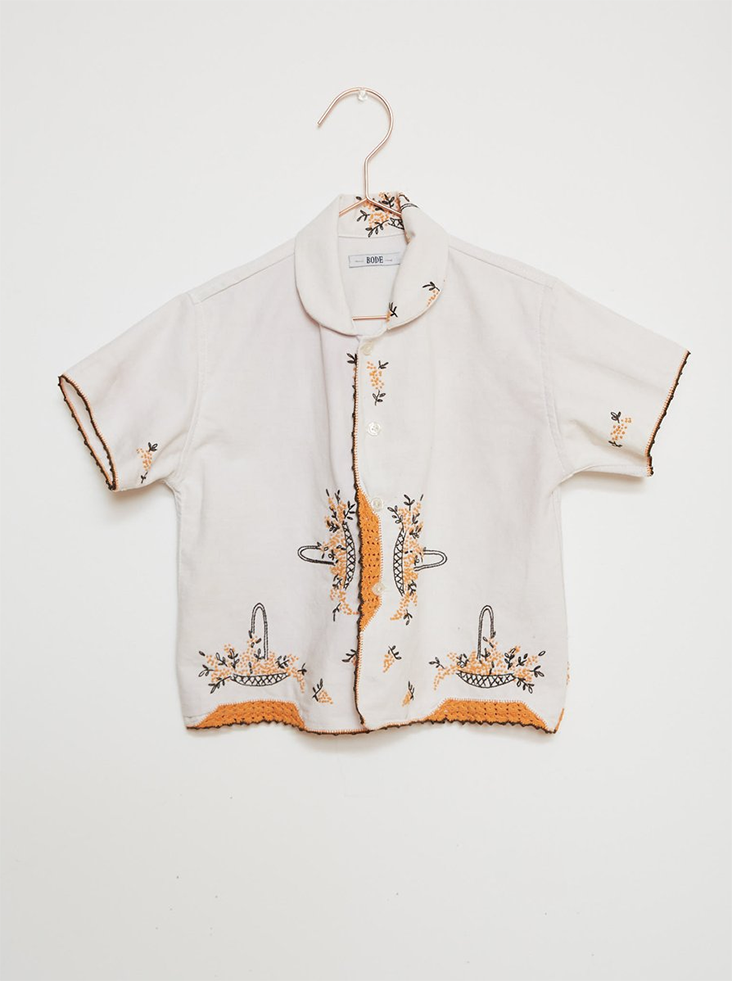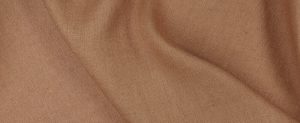How to make your clothes last longer – and the art of upcycling
The most sustainable clothes are the ones we already own. This is, of course, common sense. And anyone who has read or watched Marie Kondo on Netflix will be more than ready to hold their hands up and admit that they have enough clothes to happily see them – and their entire families – through the rest of their lives without having to buy another single item (ok, perhaps a few pieces of underwear might be necessary).

Image from Priya Ahluwalia’s book project Sweet Lassi / Panipat, India – the global garment recycling capital of the world
Not only are our own wardrobes overflowing with clothes, our charity shops are stuffed to the rafters. My local charity shops regularly stop accepting donations because they simply don’t have room for the ones they already have. The more clothes the fashion industry produces, it seems, the more we buy. It’s not dissimilar to the way our supermarkets upsell us with two for one offers to offload their gluts of cheese or cookies. And we can’t resist a bargain. So too, who can resist buying three T-shirts for the price of one? But then you get them home and realise you don’t have any more room in your drawers to cram anything else.
While we used to have two seasons a year, there are now between 50-100 micro seasons, each equating to a ‘drop’ of clothing in a fashion store or on a website near you. According to McKinsey & Company, the average consumer is buying 60 per cent more items of clothing now compared to 2000. And we are keeping those clothes half as long. We are starting to suffocate under the unworn clothes in our own wardrobes. It certainly feels that way to me, at least. And here’s a statistic that really stops me in my tracks every time I read it: If we continue to consume at our current rate, by 2050, we will need three times the natural resources we are currently using. That’s another 3 planet Earths.
So what can we do to stem the flow? We can each take responsibility for our own purchasing habits and buy less, buy better, and – most importantly – make more efficient use of what we already own. It was recently estimated that in the UK alone, we own a whopping £10bn worth of unworn clothes. Many of those clothes are brand new, still with their tags on. Instead of buying more clothes, we should be selling the ones we already own. Or giving them to our friends and family, or to other people in our communities who can make better use of them. Whatever you do, don’t throw your old clothes in the bin. 2.5 billion pounds of clothing ends up in landfill each year which is a truly shocking waste of valuable resources.
Here are some ways to keep our clothes in circulation for longer:
Swap
Organise a clothes swap. Make it a social event. Invite your friends, colleagues and neighbours and become a social butterfly in the process! Check out Global Fashion Exchange x Fashion Revolution’s tool kit for tips on making the most of your clothes swaps.
Repair
If we have clothes that are worn or torn, we should be repairing them and wearing them again. We have become a culture where if a coat loses a button, instead of simply sewing on a new button, we buy a new coat.
The art of mending has become a bit lost in our busy lives. Working mothers don’t have time to darn their own moth holes, let alone teach their children how to darn theirs. But sewing on a button, or stitching a patch on a tear is not just about making our clothes last longer. It is now a fundamental act of environmental activism, as important as turning off the lights or conserving water. It’s something we must make time for and teach our children so that they understand the value of things; just because a T-shirt costs the same price as a coffee, it does not mean it is throwaway.

BODE / Harvest Basket Bowling Shirt / This button up shirt is made from a 1950’s/60’s novelty tablecloth
If you know how to crochet, you might want to watch this short tutorial by Orsola de Castro, the creative director of Fashion Revolution on mending a hole in a jumper. She also recommends reading the Loved Clothes Last zine which is available to read online here. It’s packed with practical tips and inspiration.
Reuse
Dig into the depths of your wardrobe and rediscover old favourites. Fashion is a never ending cycle and before you know it, something you loved wearing a few years ago is back in fashion. Rediscover and fall back in love with what you already own.

CORRELL CORRELL / Omo Skirt – One-of-a Kind in Black / Permanent pleated skirt made from recycled and deadstock silk, cotton and polyester fabrics
Recycle
There are many ways to recycle your unwanted clothes. Give to charity is the obvious choice, but remember that charity shops also prefer quality over quantity. You can also try selling your old clothes that don’t fit you or your life any more. Children’s clothes can be sold as bundles on eBay. If you have special pieces, try selling them on platforms like The RealReal where you will soon discover, quality clothes and accessories are a good investment if you look after them well. For streetwear, try Depop, the hybrid of Instagram and eBay that is becoming increasingly popular with millennials and their younger siblings who are discovering the joys of a circular economy where they can buy and sell without ever having to buy new.

MILENA SILVANO / Handcrafted from patched pieces of sheepskin, backed with a heavy weight wool fabric / via oroboro
Upcycle
If you do want to buy something new, look out for clothes that have been made by upcycling. There’s a whole new generation of designers who are applying their creative ingenuity to making new clothes from existing ones. This upcycled look has become an aesthetic on the catwalks of Paris, London and New York. Designers like Marine Serre in Paris are making new clothes out of existing ones; in New York Bode New York makes extraordinary hand-crafted collections of menswear out of antique fabrics, old grain sacks and vintage suiting; and in London, the recent winner of the 2019 H&M Design Award, Priya Ahluwalia uses deadstock and second hand clothes to make her cutting edge designs.
Feature image: CORRELL CORRELL / Dress made from recycled and deadstock silk and cotton


















































2 Comments
Alice Taylor
Jane, I feel the same way. Majored in fashion design many years ago. Love well made clothes, appreciate vintage, love interesting textiles, handwork, etc. Hard to part with some of them. I try to be creative and up cycle when I can.
Jane Johnson
This article is so relevant, and the suggestions excellent. We just down-sized from two houses to one, and the new one is the smallest house that my husband and I ever lived in. We are still unpacking the possessions we moved, and are unable to find room for everything in the 3 bedroom closets.
My own problem is that I am unable to part with many pieces of clothing that I designed and sewed over the years, some as long ago as the 1960s-80s (yes, those numbers are not typos). I recently decided, for example, to keep a chunky tweed coat, trimmed with Chanel look-alike crochet braid, because it is so well-made and timeless. And it goes on and on. I suspect that other women experience the same problem, which is akin to an addiction.